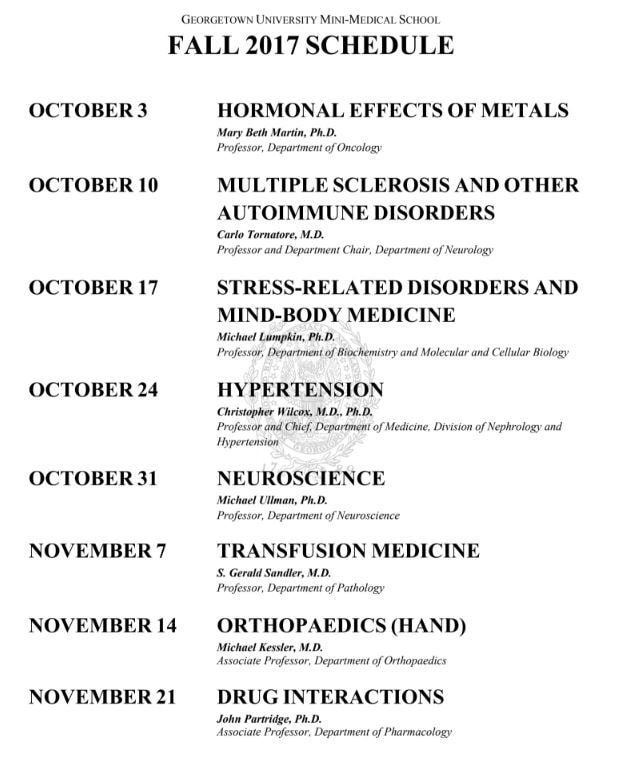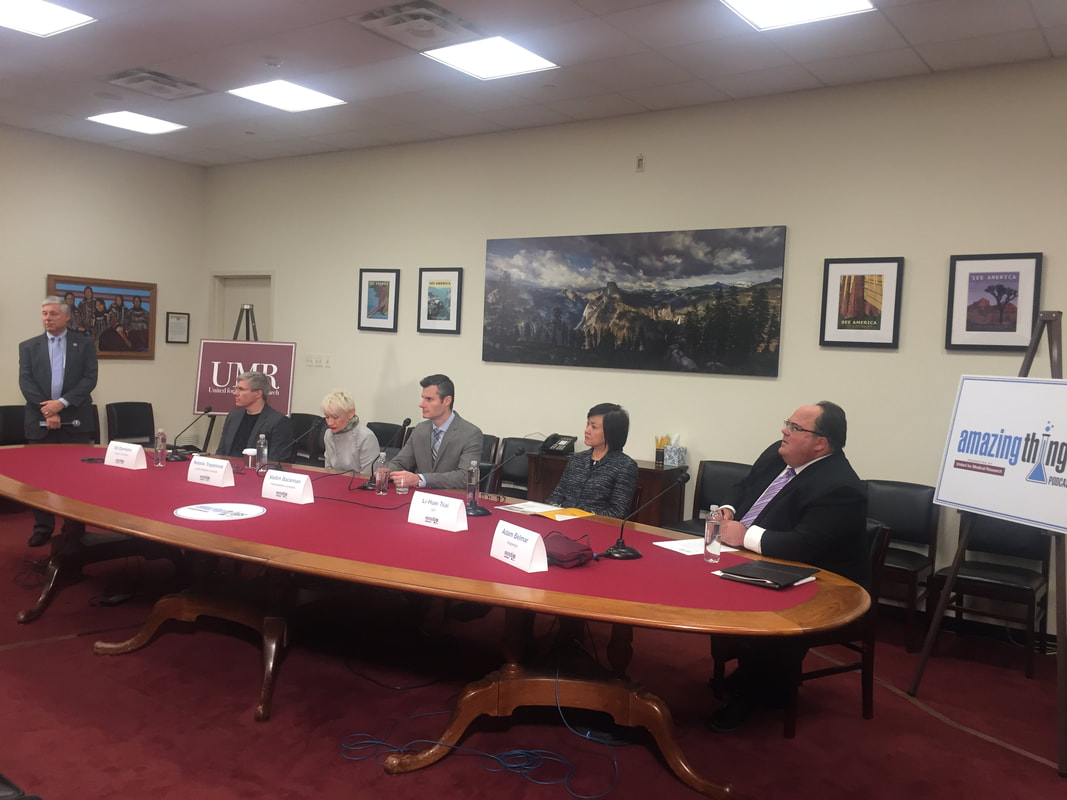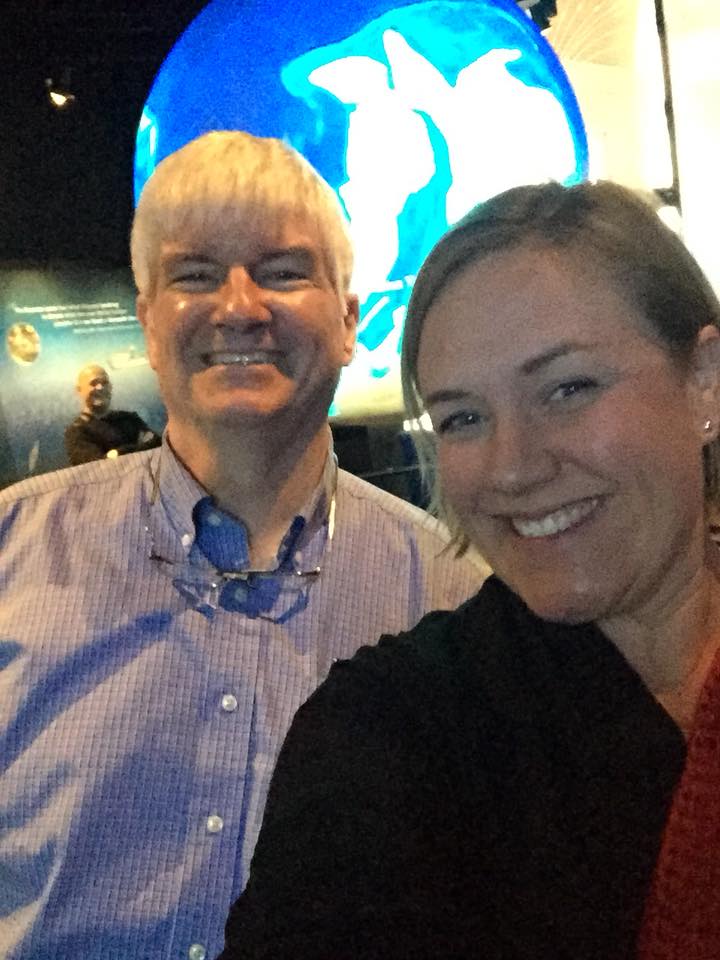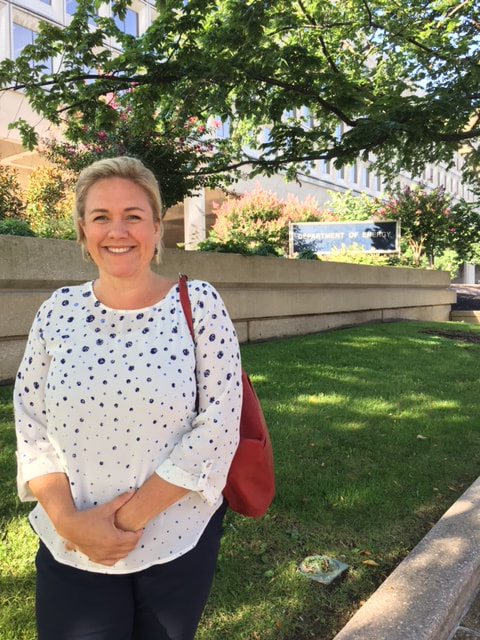|
For me, one of the most rewarding aspects of being an Einstein Fellow has been the opportunity to deepen my own understanding of scientific principles and practices. I have tried to take advantage of any and all opportunities aligned with one of my professional development goals: "As an Einstein Fellow, I will strengthen my own scientific content knowledge so that students benefit from an added depth, breadth and interdisciplinary connections." Here's a sampling of some of the science learning opportunities I have had the chance to participate in as a Fellow: National Institutes of Health Systems Biology SymposiumIn October I attended the 2017 National Heart Lung and Blood Institute Systems Biology Symposium at the National Institutes of Health. The two-day conference focused on the latest research from five key areas of systems biology: single-cell systems biology, imaging-based systems biology, quantitative proteomics, systems biology of metabolism, and large-scale data integration. It was really incredible to be a fly-on-the-wall in a room full of research biologists as they presented results, questioned each other's methods, established research partnerships and engaged in academic discourse. I was able to learn some new things that I will be able to incorporate directly into my classroom next fall. I took pages and pages of notes! Georgetown University Mini-Med SchoolGeorgetown University offers a series of courses as "mini-med school." The weekly lectures follow the traditional disciplines that medical students encounter and that span a variety of topics related to biomedical sciences and health. The sessions I went to were: Amazing Things PanelAmazing Things is a podcast sponsored by United for Medical Research (UMR), a group of biomedical research advocates including patients, scientists, families, venture capitalists and members of the public. The goal of UMR is to increase dedicated federal funding dollars to the National Institutes of Health (NIH), the world leader in biomedical research. During a live recording of the Amazing Things podcast, NIH funded scientists shared their research innovations and discoveries. I was able to learn cutting edge applications of the biology I teach to high school students and gain further insight into the nature of the scientific process.
Science on the Sphere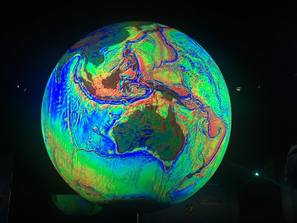 Our cohort of Einstein Fellows had the opportunity to visit the National Ocean and Atmospheric Administration (NOAA) "Science on the Sphere." The sphere is illuminated by projectors and is used to visualize 500+ NOAA data sets on a Earth-wide scale. NOAA data is collected from multiple sources, including low Earth orbit satellites, geostationary satellites, and ocean buoy networks. Together, the data allows us to develop understanding and models of Earth's weather, climate and and ocean behavior (including temperature, wave height, turbidity and salinity). Collectively, NOAA collects over 20 terabytes of data everyday, a figure that is incomprehensibly large. A highlight of the day was hearing from Dr. Walter Smith, a geophysicist with the Laboratory for Satellite Altimetry within the NOAA Center for Weather and Climate Prediction. Dr. Smith shared his educational history and how an man without a high school diploma can forge a path culminating in a model that allows prediction of ocean depth using gravitational distortion measurements collected using satellites. I was mesmerized by Dr. Smith's passion for ocean science, mathematics, modeling and science communication.
|
Archives
July 2018
|
I give many of my IB Biology resources away, for the benefit of students and teachers around the world.
If you've found the materials helpful, please consider making a contribution of any amount
to this Earthwatch Expedition Fund.
Did I forget something? Know of a mistake? Have a suggestion? Let me know by emailing me here.
Before using any of the files available on this site,
please familiarize yourself with the Creative Commons Attribution License.
It prohibits the use of any material on this site for commercial purposes of any kind.
If you've found the materials helpful, please consider making a contribution of any amount
to this Earthwatch Expedition Fund.
Did I forget something? Know of a mistake? Have a suggestion? Let me know by emailing me here.
Before using any of the files available on this site,
please familiarize yourself with the Creative Commons Attribution License.
It prohibits the use of any material on this site for commercial purposes of any kind.
